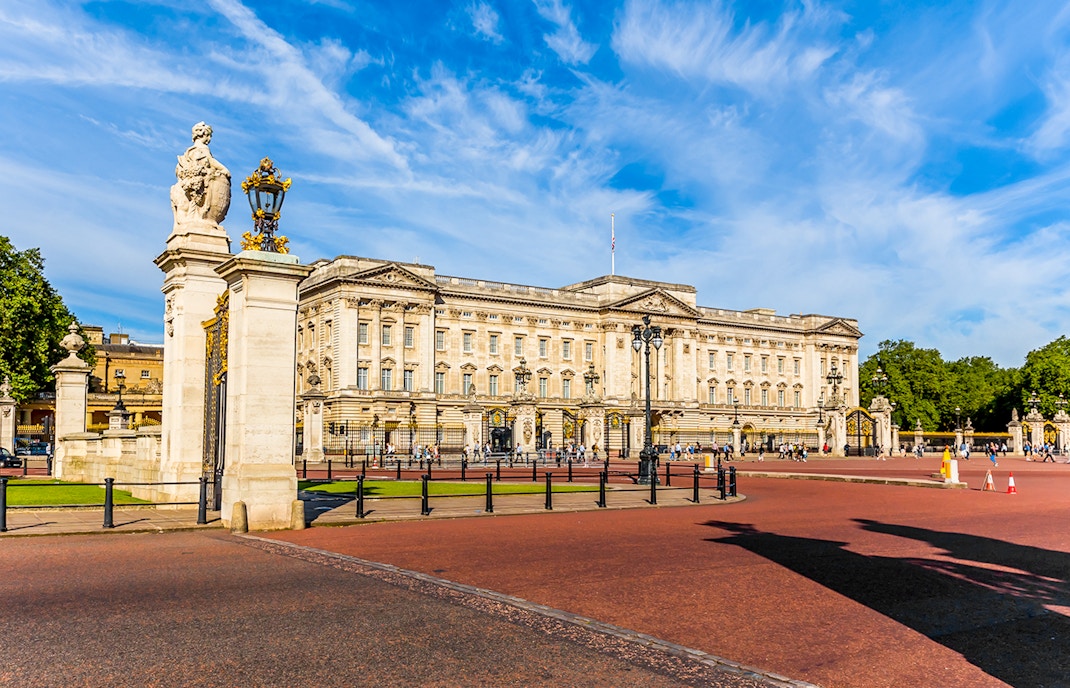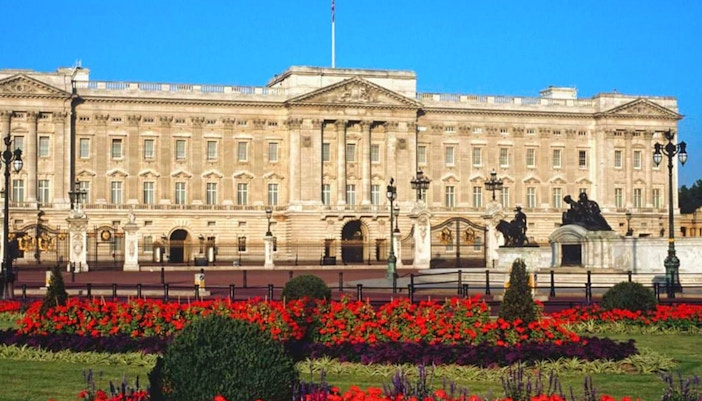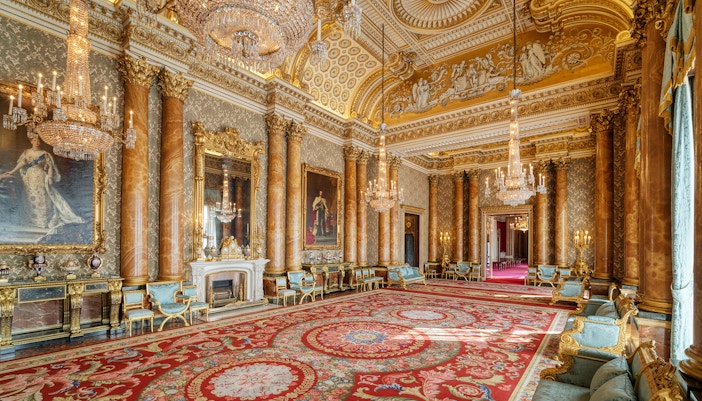In 1703, work began on Buckingham House by William Winde for the Duke of Buckingham. With its large central block and smaller wings, it was the perfect 18th-century city retreat. Little did they know, this was the first step toward what would become Buckingham Palace!



























